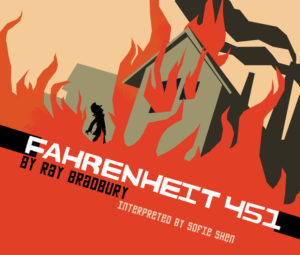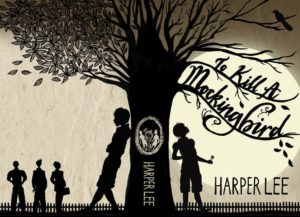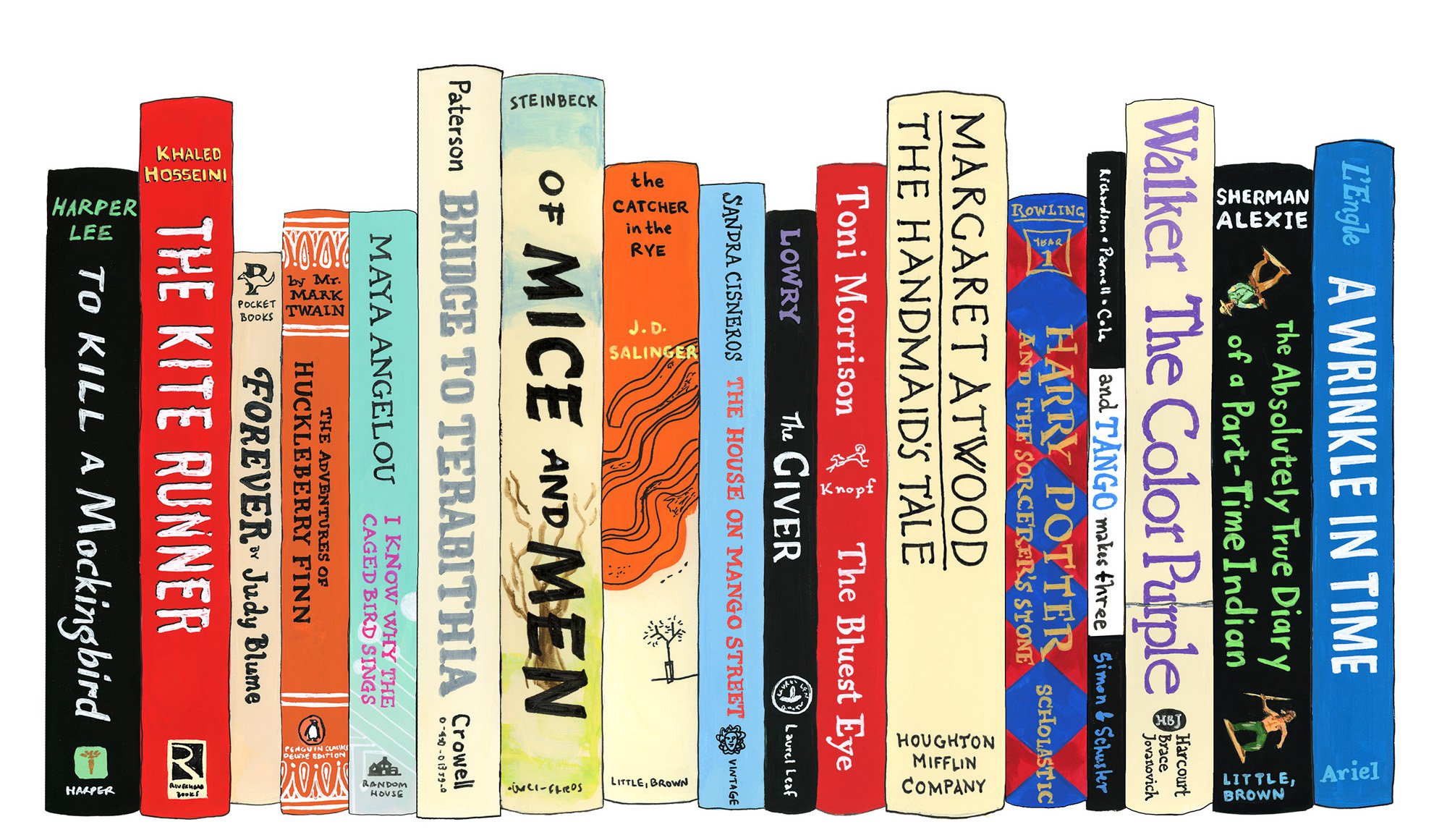On Wednesday Sept. 26 Sinclair Talks hosted a discussion on banned books in the library Loggia. Hosted by Dair Arnold and Lajmar Anderson, the discussion was about the history of banned books, why books are banned or challenged in general as well as more specify instances of banned books over the years.
The event was a small group discussion that began with everyone anonymously writing down a topic that they think should be banned, on a small white slip of paper. These papers were collected to be talked about later.
The presentation featured many things, such as a video of college students in Nazi Germany burning books and several quotes from historical figures. One such quote was from Ray Bradbury’s Fahrenheit 451:
“There is more than one way to burn a book. And the world is full of people running about with lit matches.”

A point brought up during the talk was that books were burnt in Nazi Germany as a way to suppress knowledge and assert power, and there have been several other cases of this throughout history.
One such example was the new testament, which was originally written in Greek or Latin and therefore could only be read by those who knew those languages. Often people with higher education and social status were the ones who could read this, while common folk could not as they only read and spoke English. In England when the new testament was translated into English the book was banned.
A focus of the talk was why books are banned, burned or challenged in the first place. First let’s establish some definitions, a challenged book is simply a material that someone felt wasn’t appropriate to be in a curriculum, and therefore the material was challenged in an attempt to restrict access to it. Banned books are the actual removal of the material.
In either case, there are guidelines for why books can be banned, such as obscenity. However, it is hard for everyone to agree on what exactly those words mean. One example of this would be the wildly popular “Harry Potter and the Sorcerer’s Stone,” which was banned because the witchcraft featured in the book was corrupting the youth.
Other banned book examples given at the talk were “Uncle Tom’s Cabin” which was originally banned for its discussion of race and politics, and now for its portrayal of stereotypes. This book was a prime example of how our viewpoints on books can change over time.

“To Kill a Mockingbird” was banned due to its themes of race and rape. “Perks of Being a Wallflower” was banned due to its LGBT characters and sexual content. And “1984” was banned for its themes of social and political control. The list goes on and on.
Many cases of banned books are due to differences of opinion or portrayals of people who are different, violence, sexuality, death and dehumanizing groups of people.
A point made was that the issue of banned books to some isn’t just that, but more it is an issue involving censorship as a whole. It was also discussed that no issue has just two sides, there are a lot of grey areas. Which is something our culture isn’t always comfortable with.
As one of the hosts argued, the grey areas are full of ideas. Additional quotes were shared on the topic:
“Yes, books are dangerous. They should be dangerous-they contain ideas.” Said Pete Hautman.
When it comes to the issue of banning books, there are no right answers and there are a lot of grey areas. What do you think about these grey areas? What books and themes do you feel constitute banning?
 Cerridwyn Kuykendall
Cerridwyn Kuykendall
Managing Editor

